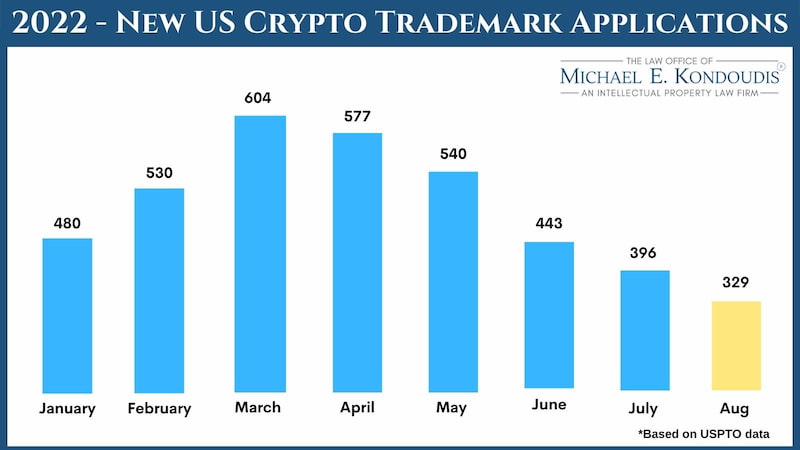This has been a long week for players in U.S. crypto regulation, as the government brings more actions against companies and politicians weigh in on how to tame the crypto industry beast.
As jurisdictions including the EU and Australia look this week at whether to create Central Bank Digital Currencies (CBDCs) and how they should be implemented, in the U.S. the focus is on whether crypto assets should be considered securities and what companies should have to do in order to operate on U.S. soil.
Also in the news, Alex Mashinsky has stepped down from Celsius and Meta is introducing a hiring freeze as it seeks to cut costs following a dismal second quarter.
More companies face U.S. legal action
Eight states announced actions against cryptocurrency lender Nexo on Sept 26. California, Kentucky, New York, Maryland, Oklahoma, South Carolina, Washington and Vermont allege that the firm offered unregistered, interest-bearing crypto accounts to users.
California’s Department of Financial Protection issued a cease and desist order over Nexo’s crypto interest-bearing accounts, while New York Attorney General Letitia James is seeking to permanently bar the company from selling securities in the state.
The following day, Nexo said it had acquired a minority stake in U.S.-based Summit National Bank, which is regulated by the Office of the Comptroller of the Currency. The deal will expand its presence in the U.S. and enable the firm to offer bank accounts, lending and card services. The bank’s clients will be able to access Nexo’s crypto services.
The news comes as more legal action hits crypto companies in U.S. courts. Also announced this past week were cases against crypto futures exchange Digitex for failure to register with the agency and attempting to manipulate the price of its token, as well as another case against Hydrogen and market maker Moonwalkers Trading on allegations of market manipulation.
Some in the industry are attempting to self-regulate — eight more industry players including Bittrex and BitGo signed a crypto market integrity pledge by the Crypto Market Integrity Coalition — but politicians are also looking for ways to bring law and order to crypto.
Former U.S. Treasury secretary Lawrence Summers sees regulations as a potential tailwind for the growth of the digital asset industry, while Sen. Bill Hagerty, (R-Tenn.) has introduced a bill to create a safe harbor for cryptocurrency exchanges that might otherwise face legal action for listing unregistered securities.
California is hoping to become a model for other states when it comes to crypto regulation. State official Dee Dee Myers told The Block it plans to continue building out new rules for crypto. She said Gov. Gavin Newsom’s veto of a state crypto licensing bill earlier this month frees up his administration to create its own regulations.
Executives at FTX, Celsius step down
Brett Harrison stepped down as president of FTX.US and will be moving into an advisory role at the company. Harrison joined FTX.US as president in May 2021 and oversaw the growth of the company as it clinched unicorn status and expanded outside of crypto into stock and non-fungible token trading.
FTX’s U.S. derivatives unit head Zach Dexter will take over the entire operation in the wake of Harrison’s departure ahead of the company moving U.S. operations from Chicago to Miami.
Embattled Celsius CEO Alex Mashinsky also resigned effective immediately. The controversial founder, whose firm collapsed earlier this year, will be replaced by CFO Chris Ferraro as “Chief Restructuring Officer” and interim CEO.
As the Celsius bankruptcy case continues to make its way through the courts, on Friday a representative for the Department of Justice was looking to block the firm’s attempt to reopen withdrawals for certain customers until after an independent investigation could be completed.
Meta to freeze hiring and restructure teams to cut costs
Facebook owner Meta Platforms is freezing hiring, trimming budgets and restructuring teams to cut costs. In July, Meta warned it would “steadily reduce headcount growth” amid a downturn in advertising revenue growth and increased competition from competitors like TikTok.
The company missed on both earnings and revenue in the second quarter. Its metaverse and virtual-reality division Reality Labs lost $2.8 billion in the three-month period.
At the same time, the company has added more digital asset functionality on Facebook and Instagram. U.S.-based users can now connect their wallets and share their digital collectibles across both platforms. Users in any of the 100 countries where digital collectibles are available on Instagram can now access the feature.
Also in the metaverse, retail giant Walmart has joined the list of companies seeking new ways to market their brands via metaverse platforms with the launch of two new experiences in Roblox. The experiences feature in-game advertising that Roblox is planning to roll out in 2023 as part of its attempts to find new revenue streams.
The use of advertising on the platform has raised eyebrows, given its popularity with children.
© 2022 The Block Crypto, Inc. All Rights Reserved. This article is provided for informational purposes only. It is not offered or intended to be used as legal, tax, investment, financial, or other advice.





